This text provides an in-depth guide to crafting the perfect recipe for BBQ ribs, focusing on key differences between popular cuts like baby back and spare ribs. It emphasizes the importance of slow cooking as a science-backed technique to transform tough meat into tender, juicy ribs infused with aromatic flavors. The guide outlines essential steps: creating a flavorful dry rub, selecting the right cut, slow cooking at 200–225°F (93–107°C), glazing, and monitoring timing. It concludes with serving suggestions for a customizable, sensory experience.
Unleash the ultimate BBQ delight with our guide to crafting the perfect smoky flavored ribs, slow-cooked to perfection. This comprehensive journey delves into the art of rib preparation, from understanding various cuts and their unique characteristics to mastering the science of slow cooking for tender results. Discover essential tips on seasoning, cut selection, and step-by-step preparation, culminating in temperature and timing secrets for a slow cooker masterpiece. Elevate your BBQ game with our recipe for BBQ ribs that will leave your taste buds craving more.
- Understanding Ribs: Types and Their Unique Qualities
- The Science Behind Slow Cooking for Tenderness
- Seasoning 101: Crafting the Perfect Smoky Flavor Profile
- Choosing the Right Cut for Optimal Results
- Step-by-Step Preparation Guide: From Dry Rub to Glaze
- Mastering the Slow Cooker: Temperature and Timing Tips
- Presentation and Serving Suggestions for a Memorable BBQ Experience
Understanding Ribs: Types and Their Unique Qualities
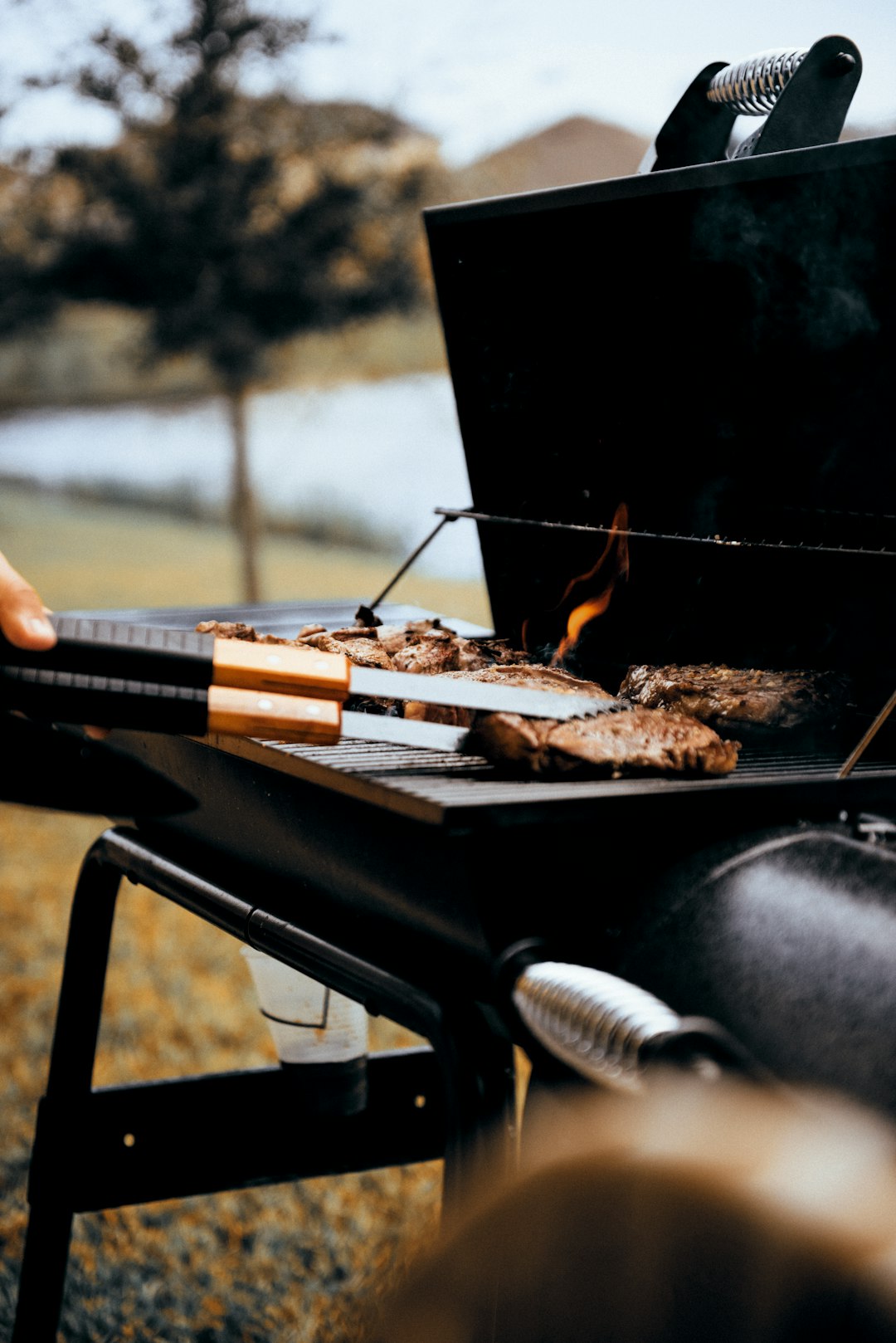
Ribs, a classic staple in barbecue cuisine, come in various types, each with its own distinct qualities and flavors. When it comes to a recipe for BBQ ribs, understanding these differences is key to achieving perfection. The most common types include baby back ribs and spare rib (or St. Louis-style ribs). Baby back ribs, as the name suggests, have a smaller, more tender end, making them ideal for slow cooking. They tend to have less fat marbling, which can result in a leaner but still succulent finish when cooked slowly. Spare ribs, on the other hand, are larger and meaty, with a distinct bone structure that provides a crispy texture when grilled or smoked.
Each type offers a unique dining experience, with baby back ribs melting in your mouth due to their tenderness and spare ribs offering a satisfying crunch along with juicy meat. Regardless of the type, slow cooking is an art that transforms tough cuts into melt-in-your-mouth delights. This method ensures optimal tenderness, allowing the natural flavors to shine through, be it from a smoky BBQ sauce or simply the rub spices used as a marinade.
The Science Behind Slow Cooking for Tenderness
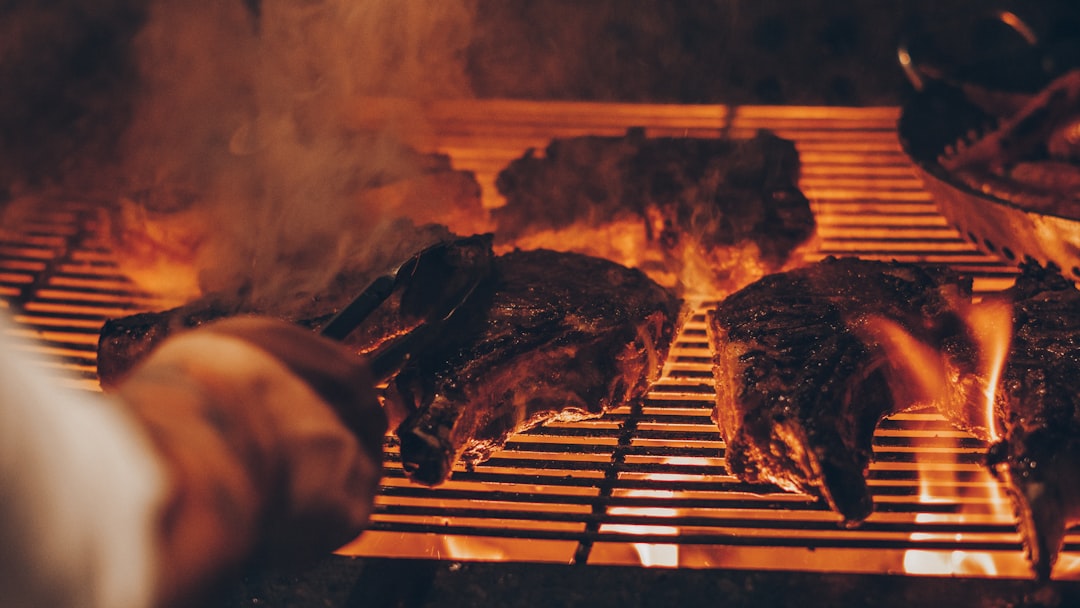
The process of slow cooking is a scientist’s dream when it comes to achieving tender, juicy BBQ ribs in a recipe for bbq ribs. The method involves breaking down collagen, a protein found in meat, into gelatin. This transformation occurs over low and slow heat, which gently breaks down the tough connective tissues that hold meat together. As the ribs cook slowly, the collagen melts, adding richness and tenderness to each bite. The science behind this technique is simple yet powerful: time and temperature work in harmony to create a mouthwatering culinary experience.
Additionally, slow cooking allows flavors to deeply infuse the meat. In the case of smoky flavored ribs, the low heat encourages the absorption of aromatic compounds from the smoking process, enhancing the overall taste profile. This method ensures that every part of the rib benefits from the smoke, creating a uniform and delectable result.
Seasoning 101: Crafting the Perfect Smoky Flavor Profile
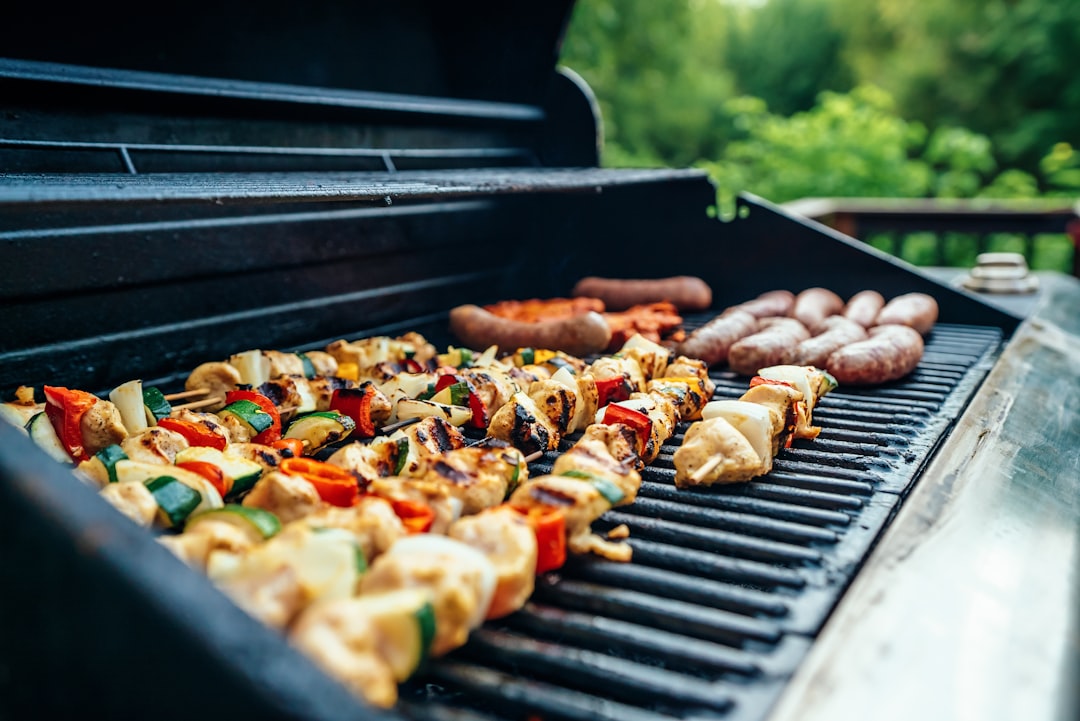
The key to crafting the perfect smoky flavor profile for your recipe for BBQ ribs lies in balancing sweet, savory, and spicy elements. Start with a dry rub consisting of brown sugar, paprika, garlic powder, salt, and pepper. These ingredients not only add sweetness but also contribute to the overall depth of flavor. A dash of cayenne pepper or chili powder can enhance the heat level, which complements the smoky taste without overpowering it.
Before slow-cooking your ribs, generously coat them with the rub, massaging it into the meat to ensure even distribution. This step is crucial for locking in moisture and enhancing the flavor during the long, slow cooking process. The smoke from your barbecue or oven will infuse the rub, creating a rich, smoky flavor profile that defines the perfect BBQ rib experience.
Choosing the Right Cut for Optimal Results
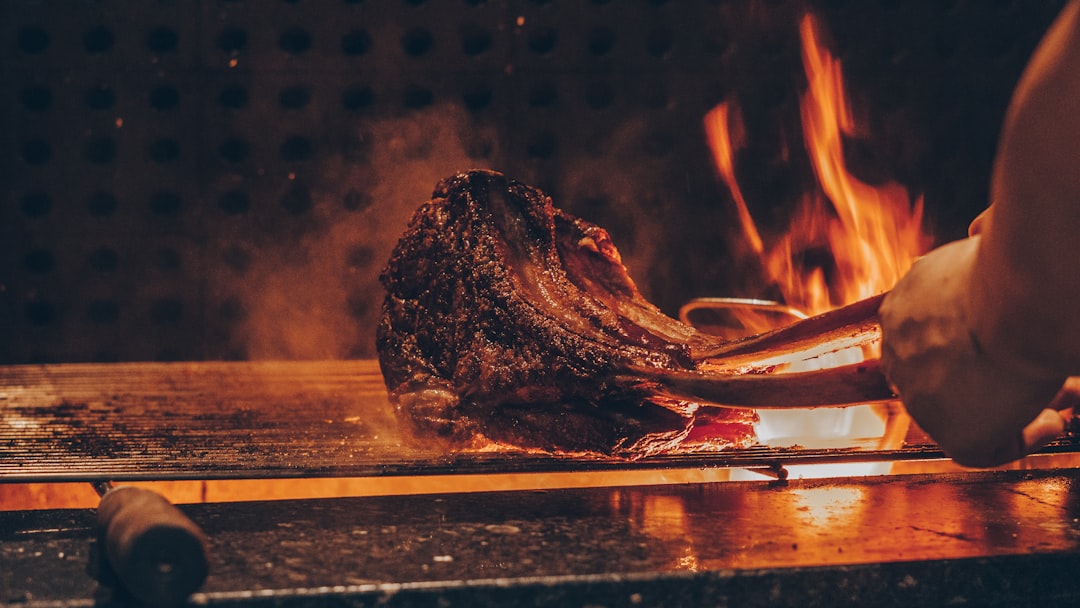
When it comes to a recipe for BBQ ribs, the cut of meat is just as important as the cooking method. For the best results, opt for baby back ribs or spareribs. Baby back ribs are known for their tender meat and smaller bones, making them easier to eat and ensuring every bite is packed with flavor. Spareribs, on the other hand, offer a hearty, meaty experience with more bone structure, which adds extra flavor as it marinates during the slow-cooking process. Choosing the right cut ensures that your ribs cook evenly and remain tender and juicy after hours of slow cooking.
Step-by-Step Preparation Guide: From Dry Rub to Glaze
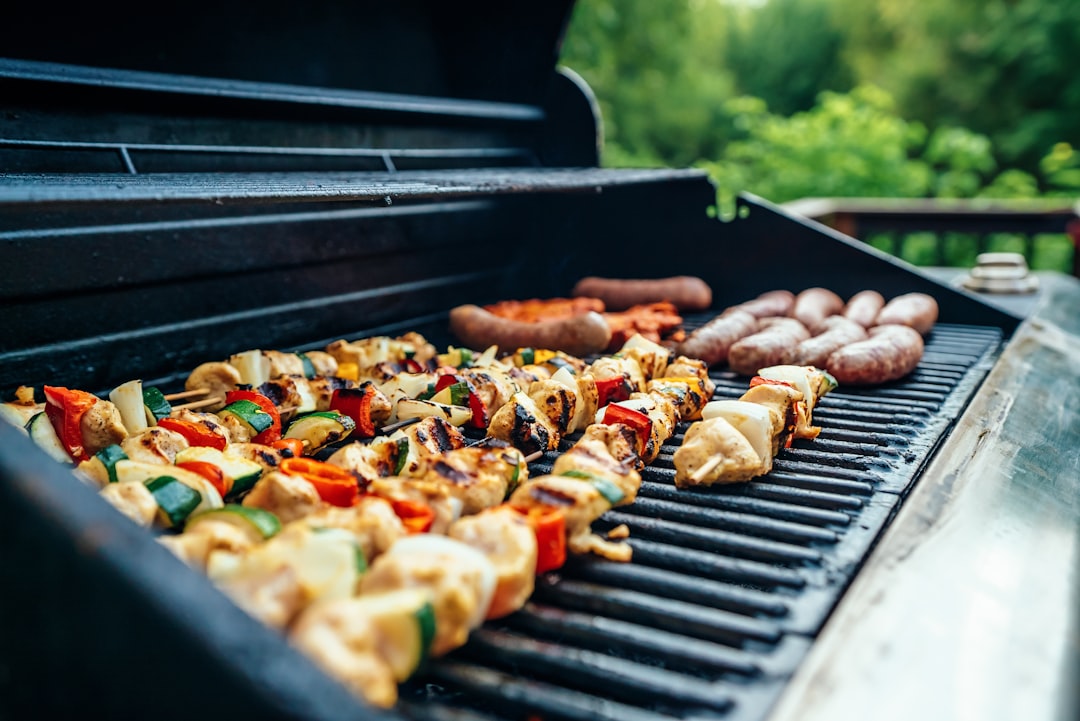
Step-by-Step Preparation Guide: From Dry Rub to Glaze
To start your journey toward the perfect smoky flavored ribs, begin by preparing a generous dry rub. Combine brown sugar, paprika, garlic powder, salt, pepper, and cayenne pepper in a bowl. Rub this mixture all over the ribs, ensuring every surface is coated evenly. Cover and let it sit for at least 30 minutes, or up to 24 hours for enhanced flavors.
Preheat your oven to 300°F (150°C) and place the rubbed ribs in a large roasting pan. Slow-cook for about 2 hours, basting occasionally with barbecue sauce. After this initial cook, brush on a thin layer of your favorite glaze—a mix of ketchup, mustard, brown sugar, and smoked paprika—to lock in moisture and add that distinctive smoky sweetness. Return the ribs to the oven, uncovered, for another hour, or until they reach your desired tenderness.
Mastering the Slow Cooker: Temperature and Timing Tips

Mastering the slow cooker is key to achieving tender, smoky BBQ ribs. The ideal temperature for slow cooking ribs hovers around 200–225°F (93–107°C). This low and steady heat breaks down collagen in the meat, resulting in incredibly tender ribs. A typical recipe may require 6-8 hours on low or 4-5 hours on high to achieve the desired tenderness.
Timing is crucial when it comes to the final stages of cooking. Once your ribs have reached a nice, sticky glaze and the meat starts to easily pull away from the bone, they’re ready. Overcooking can dry out the ribs, so keeping an eye on them towards the end is essential for locking in that mouthwatering moisture.
Presentation and Serving Suggestions for a Memorable BBQ Experience
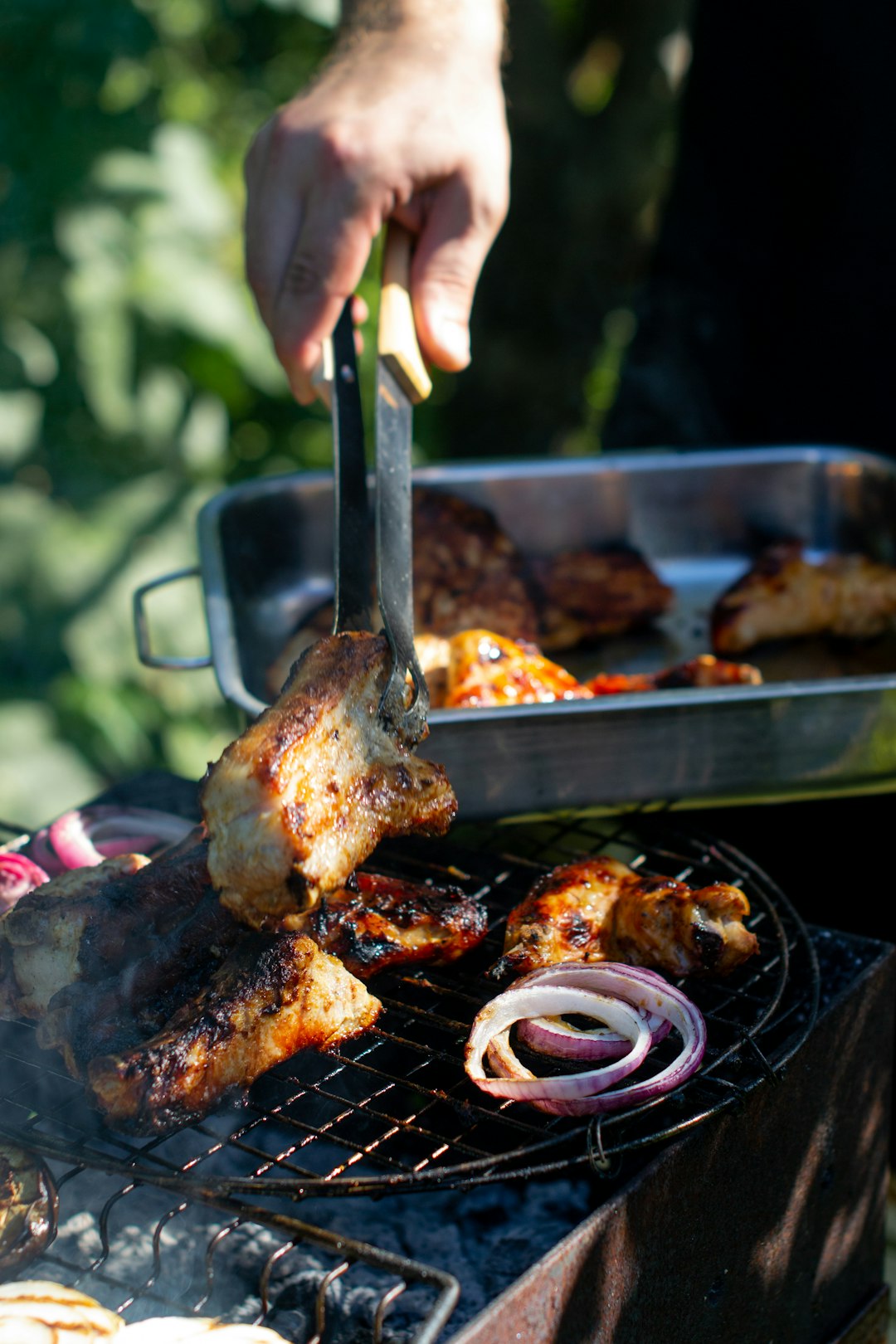
After slow-cooking your smoky flavored ribs until they reach that perfect, tender state, it’s time to present them in a way that will impress your guests and elevate your BBQ experience. Arrange the ribs on a large platter, ensuring they are visually appealing with a mix of meaty chunks and tender ends. Drizzle a simple barbecue sauce over the top for added moisture and flavor; you can also offer a variety of sauces on the side to cater to different preferences.
For an interactive and memorable BBQ gathering, consider serving your ribs with a selection of classic sides like coleslaw, baked beans, cornbread, and grilled vegetables. This combination not only complements the rich flavor of the ribs but also provides options for guests to customize their plates. The aroma of smoky meat and fresh produce will create a vibrant atmosphere, making it a true feast for all the senses.
